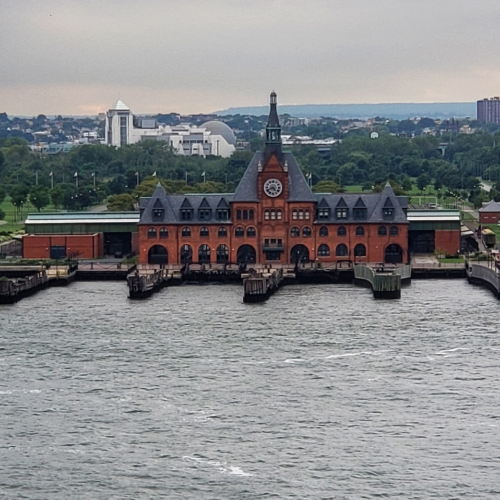If you live in the New York/New Jersey Metropolitan area, you’ve likely heard the saying “concrete jungle” used to describe the landscape of these cities due to the limited amount of green spaces. This is especially true in Jersey City, with its recent and continuous urban development. When you want an escape from the hustle and bustle of city living {because it can be exhausting even in quarantine}, Liberty State Park, which officially reopened to the public back in May, is a green oasis in the middle of the cosmopolitan area of northern New Jersey.
Liberty State Park is in Jersey City, sitting on the New York harbor and less than 2,000 square feet from the Statue of Liberty. The historic Central Railroad of New Jersey Terminal {CRRNJ} is located in the northern corner of Liberty State Park. As history would have it, both Liberty State Park and the Central Railroad of New Jersey have both served a vital role in the development of New Jersey’s metropolitan region and the history of the nation. Keep reading to find out more about both these landmarks.
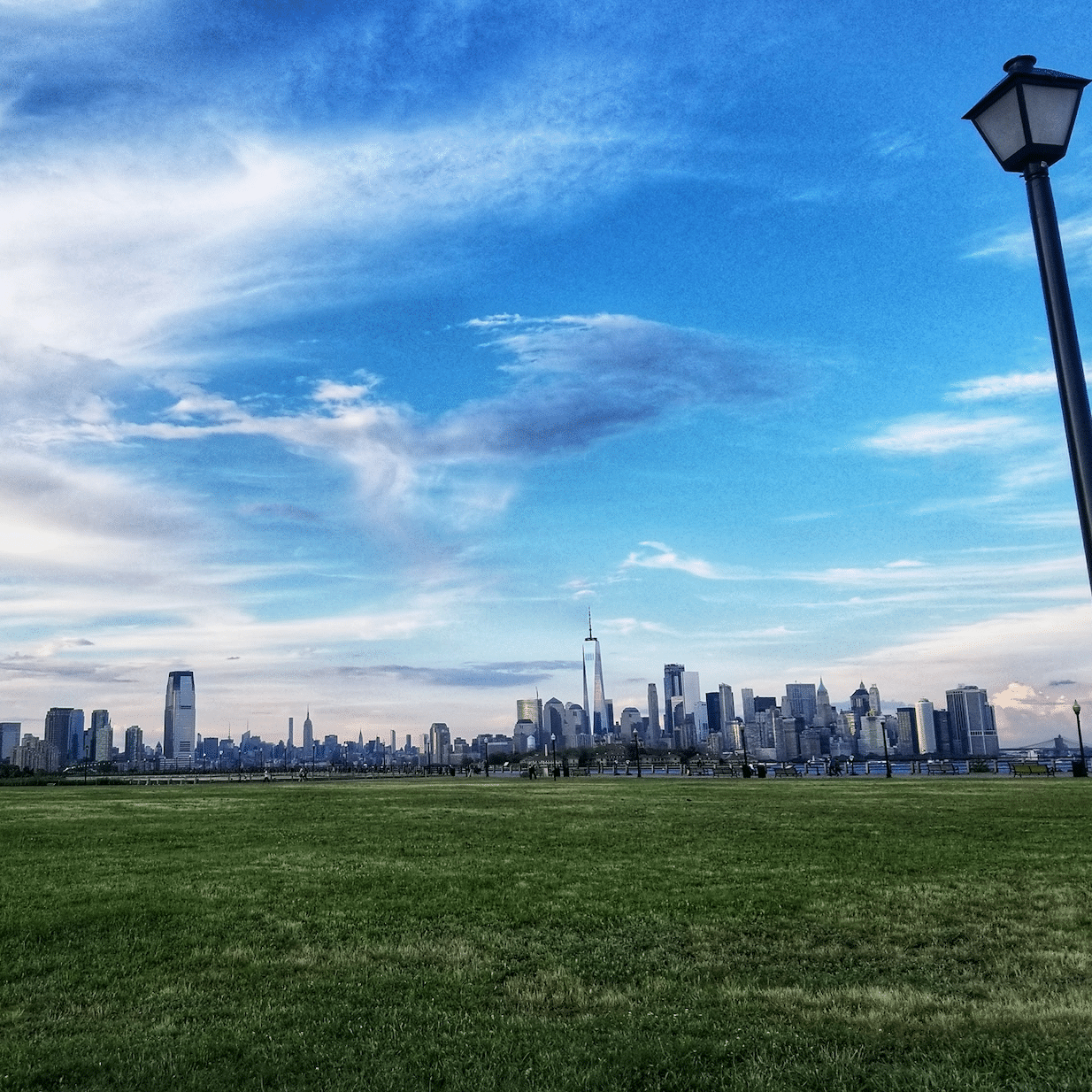
About the Area
The area that is now Liberty State Park has always served as a transportation hub for New Jersey, with its proximity and access to the Hudson River. During the 19th and early 20th centuries, what is now Liberty State Park was a major transportation hub for the New York harbor area, as well. This industrial waterfront had an extensive freight and passenger network. This network became the lifeline of New York City and the harbor area and the heart of this transportation network was the Central Railroad of New Jersey Terminal. There is also evidence to suggest that the Lenape Indians once used this land to access the river for hunting and oystering.
Between the Lenape Indian encampments and European colonization {the area was colonized by the Dutch, English, and Swedish} in the 1600s through colonial times, what is now Liberty State Park, served as an essential transportation hub throughout history. The first ferry service was used to haul cargo and passengers in 1661. Coal from mines in Pennsylvania were first transported here via the Morris Canal {what is now the north side of the park} in 1836. Shortly after came the Industrial Revolution, where railroads quickly replaced canals as the primary means of transportation. The canal was then abandoned in 1924 with the rise of the railroad system.
Read More: A History of Hudson County During the 1918 Flu Pandemic
The Central Railroad of New Jersey
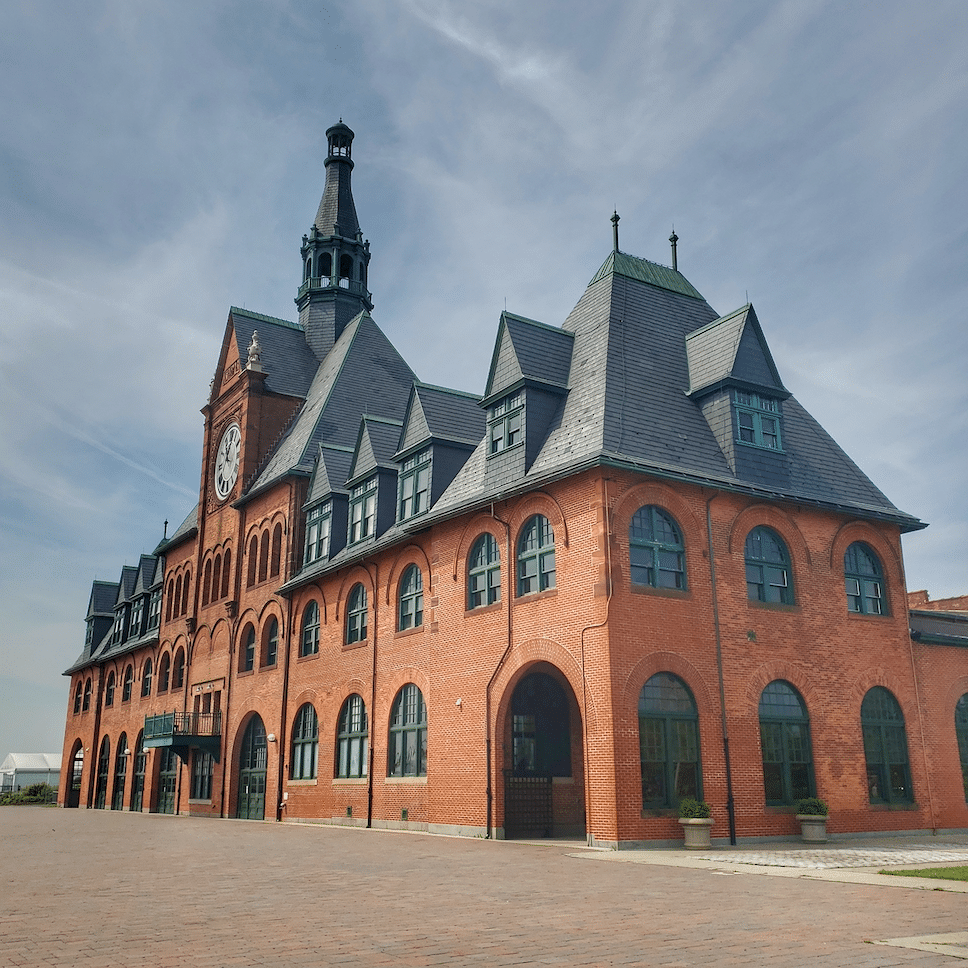
With the rise of the Industrial Revolution, came the Central Railroad of New Jersey, also known as the Jersey Central or Jersey Central Lines. The Ellis Island immigration station opened in 1892 and dramatically increased the number of immigrants entering the U.S. via the New York harbor. This large concentration of newcomers led to the development of the Central Railroad of New Jersey, built in 1887 and completed in 1889. The purpose of the CRRNJ was to connect this area with other parts of New Jersey and its surrounding states.
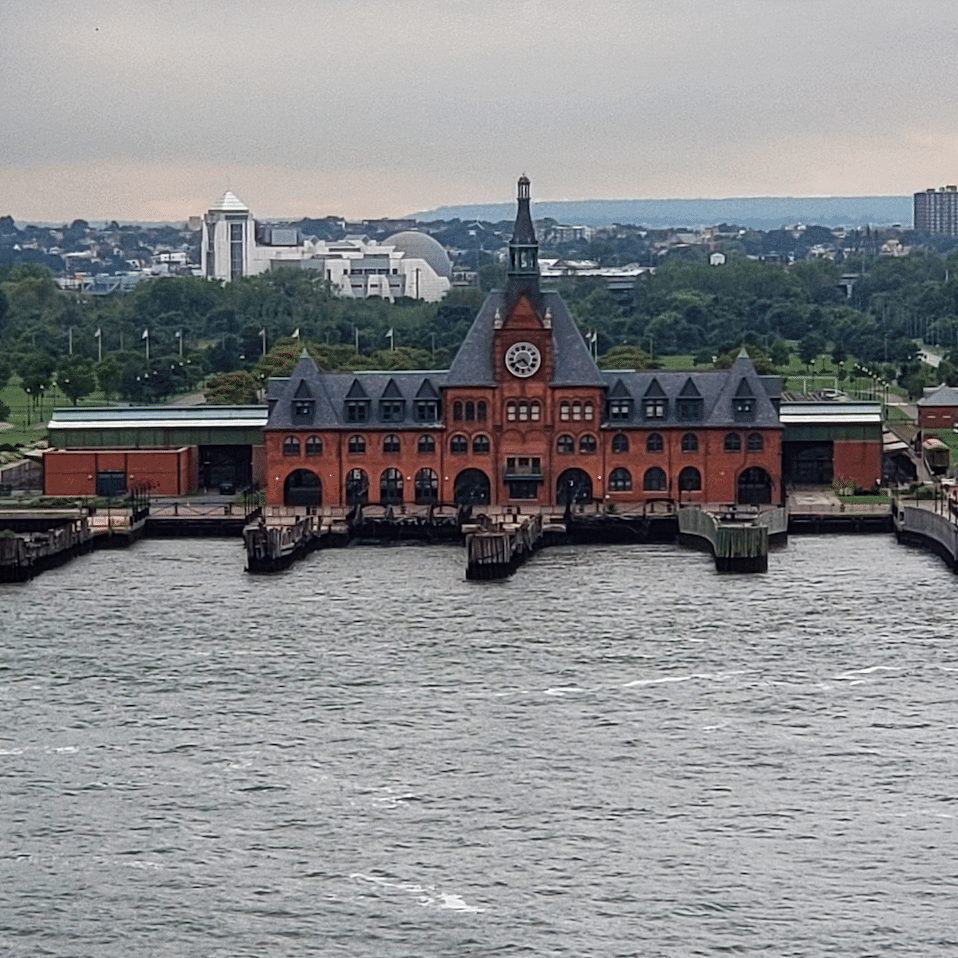
By 1891 the Central Railroad of New Jersey ran 266 trains per weekday in and out of this new terminal. Along with a bustling passenger service, it also operated extensive freight and coal float operations south of the Communipaw terminal. By the turn of the century, the total number of passengers using the expanding Central Railroad of New Jersey terminal reached from 27,000 to 28,000 daily in each direction. The terminal continued its growth and expansion up until about the 1920s when the American railroad started heading into a long decline.
At this time the Hudson and Manhattan railroad had completed the first railroad tunnel under the Hudson River. After World War I, there was also an increased use in automobiles and trucks, and personal transit took preference over mass transit. Rail and ferry operations continued to significantly decrease after the Holland and Lincoln tunnels and the George Washington Bridge opened in the area and following the development of better roadways and bridges. By 1967, there was a major consolidation plan rolled out to demolish railroad facilities in Jersey City. The Central Railroad of New Jersey trains were rerouted to Newark and the Jersey City terminal was abandoned.
See More: Jersey City: The Last Stop on The Underground Railroad
The Creation of Liberty State Park
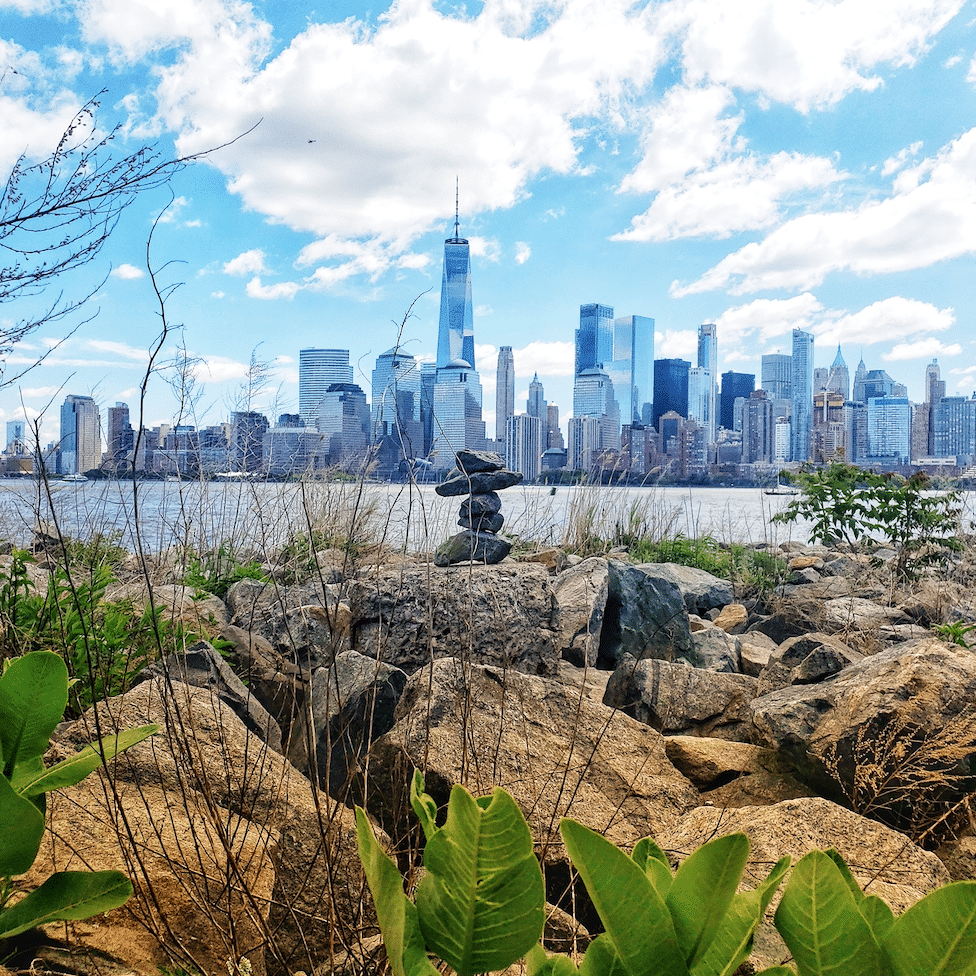
After the closing of the Central Railroad of New Jersey, what is now Liberty State Park became a desolate dump site, lined with decaying buildings, overgrown tracks, and piles of debris. It is noted that in 1957, Morris Pesin {who was a longtime civic leader + Jersey City native} took his wife and children to visit the Statue of Liberty. At this time, Pesin realized that the statue of Liberty was closer to NJ than to NYC, and that his hometown’s derelict waterfront of abandoned railroad yards was a shameful backdrop for Lady Liberty.
He came up with the idea of replacing this neglected old railroad yard with a family park. About a year later, he kicked off his campaign for the park with a canoe ride with a reporter from the Jersey Journal and took him from the abandoned waterfront to The Statue of Liberty. Pesin was at a Jersey City council meeting a few days later and said, “We have here at our doorstep, America’s greatest shrine — The Statue of Liberty — and we have failed to realize its potential.”
Along with Morris Pesin, Audrey Zapp, Theodore Conrad, and J. Owen Grundy were influential environmentalists and historians who spearheaded the movement that led to the creation of Liberty State Park {they are remembered today through the naming of places and streets along the waterfront}. In 1968, state and federal funds were used to purchase the waterfront properties where the terminal once was and its surrounding areas. Jersey City also donated 156 acres to help preserve this important piece of American History. At this time, 1,212 acres were transformed into a modern urban state park, now known as Liberty State Park.
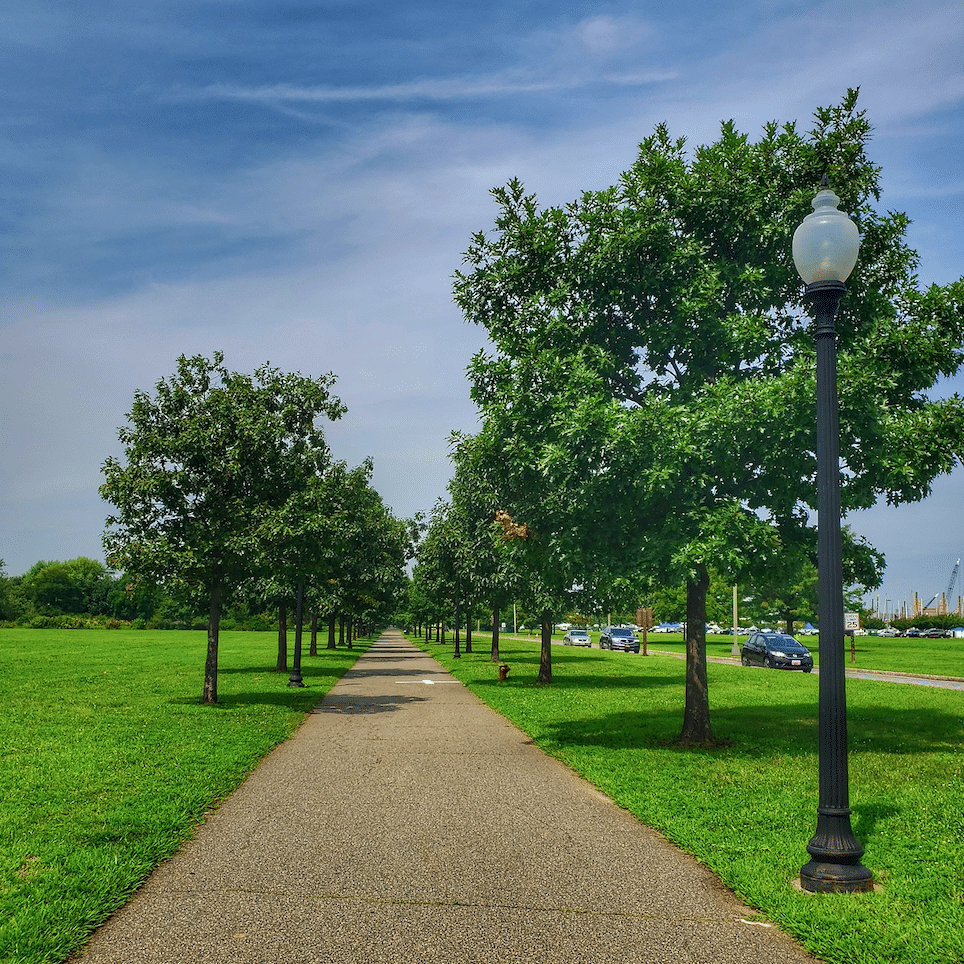
The park was officially opened on Flag Day, June 14th in 1976 as New Jersey’s bicentennial gift to the nation. Most of the park is open space with approximately 300 acres developed for public recreation. The park is now home to Liberty Walkway, Liberty Science Center, Liberation Sculpture, The Sail of Columbus Monument, The Nature Interpretive Center, the Richard J. Sullivan Natural Area, and the Empty Sky Memorial. The park also includes picnic areas, picnic tables, pavilions, as well as the Liberty House and Maritime Parc restaurants. If you are looking for a social distancing-friendly escape from the hustle and bustle of city living, make sure you check out this gorgeous and historical gem in Jersey City.
Have you visited Liberty State Park? Tell us about your experience in the comments below!
Check out Hoboken Girl’s new Job Board here!

